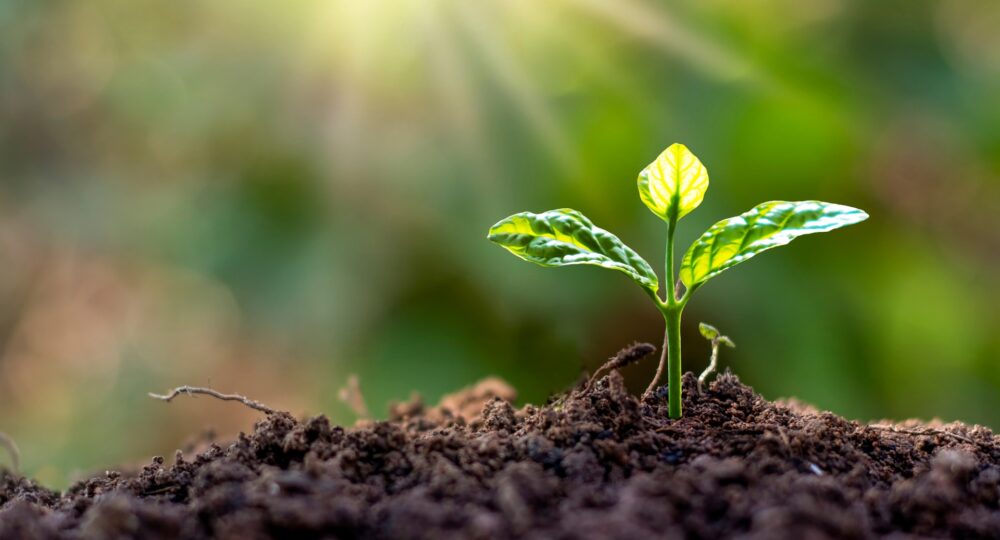
Understanding Plant Stress in Our Ecosystem
In the intricate web of our ecosystem, plants play a pivotal role. They are not just the primary producers in the food chain but also crucial in maintaining the ecological balance. However, like all living organisms, plants are susceptible to stress.
A series of physiological and morphological changes typically identify plant stress. These include wilting, leaf yellowing or browning, stunted growth, and, in severe cases, plant death. Stress in plants is often a response to adverse environmental conditions, which can be broadly classified into two categories:
1. Biotic Stress: This involves damage caused by living organisms like bacteria, viruses, fungi, insects, and weeds.
2. Abiotic Stress: This encompasses non-living environmental factors such as drought, salinity, extreme temperatures, pollution, and poor soil conditions.
Causes and Impact
Drought and Water Stress: Drought is the most common form of abiotic stress. Lack of adequate water affects plant growth and crop yields, impacting food security globally.
Temperature Extremes: Both high and low temperatures can be detrimental. Frost can damage or kill plants, while extreme heat can lead to dehydration and inhibited photosynthesis.
Soil Conditions: Poor soil conditions, including high salinity and pollution, can limit nutrient uptake, leading to deficient, stressed plants.
Pathogens and Pests: From fungi causing rusts and mildews to viruses leading to mosaic patterns on leaves, biotic stressors can significantly reduce plant health and productivity.
The impact of plant stress is vast and multifaceted. It affects the individual plant’s health and has broader ecological implications. Reduced plant health can lead to diminished biodiversity, altered ecosystems, and decreased agricultural productivity, impacting food security and economic stability.
Remedial Measures
Sustainable Agricultural Practices: Employing crop rotation, organic farming, and integrated pest management can mitigate stress factors.
Genetic Engineering: Developing stress-resistant plant varieties through genetic modification offers a promising solution.
Water Management: Implementing efficient irrigation systems and practices like mulching can help conserve water and reduce drought stress.
Soil Health Management: Enhancing soil fertility through organic amendments and avoiding excessive use of chemical fertilizers are key.
Monitoring and Early Detection: Using technology to monitor plant health and detect stress early can prevent widespread damage.
Addressing plant stress is critical in preserving our ecosystem and ensuring food security. It requires a multifaceted approach that combines sustainable practices, technological advancements, and a deep understanding of plant biology. Understanding and mitigating plant stress becomes more crucial as our planet faces increasing environmental challenges.
References:
- Plant Stress Physiology by Sergey Shabala – This comprehensive book offers an in-depth exploration of plant responses to environmental stresses. Covering both biotic and abiotic stress factors, it provides detailed insights into the physiological mechanisms plants employ to cope with adverse conditions.









